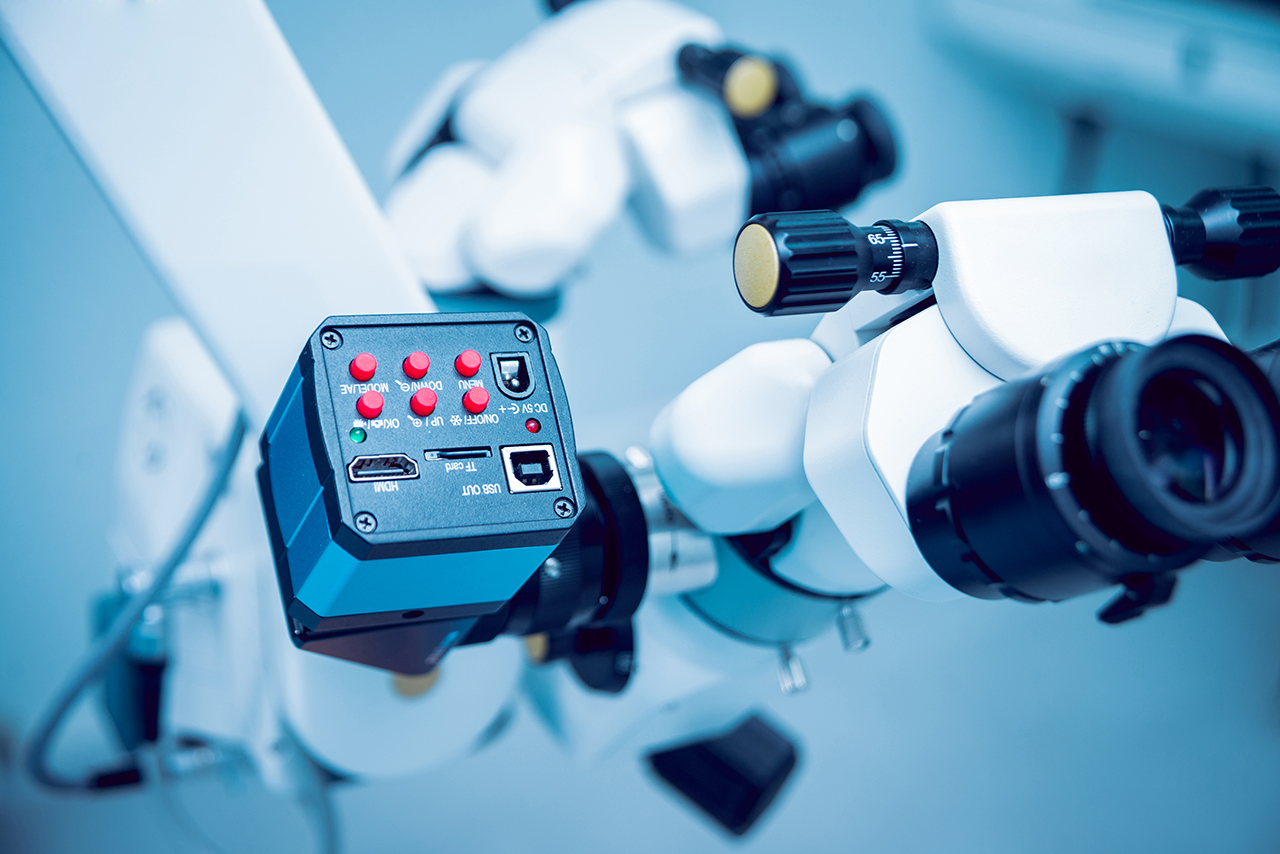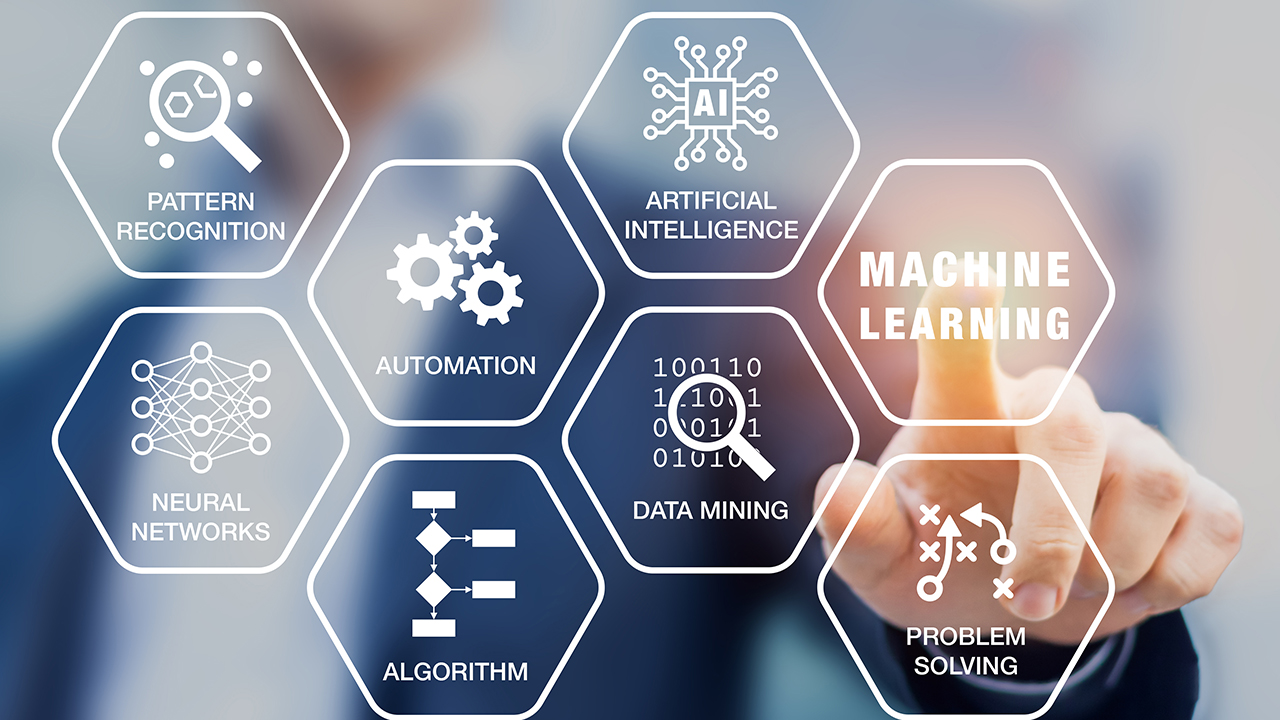在IoT 世界中,互补技术不断产生新的创新能力。在这些天作之合的技术中,最有前途的是机器学习(ML)和机器视觉(MV)。让我们来探讨医疗和工业IoT (IIoT) 应用如何借助这些技术的能力取得进步。
本文基于与AuZone Technologies, Inc.首席执行官 Brad Scott 共同撰写的一篇论文,该论文是在 2020 年嵌入式世界大会(Embedded World 2020)上发表机器学习技术演讲之前撰写的。与此同时,Digi 推出了 Digi ConnectCore® 8M 纳米开发套件。
Digi ConnectCore 8M是ConnectCore系列的成员之一,该系列功能强大、可扩展的SOM(系统模块)、工具和服务专为快速开发和快速上市而设计。加入我们的邮件列表,接收 Digi 新产品和即将举办活动的通知!
机器学习(ML)和机器视觉(MV)如何改变我们的世界

机器学习技术可广泛应用于机器视觉图像处理或分类任务。而且,由于这些应用的规模越来越大,在越来越多的IoT 产品中增加机器学习和机器视觉功能的成本效益也在迅速提高。
机器视觉系统通常在工业相机模块内使用数字传感器,对图像进行处理和分析。与机器学习结合使用时,机器视觉应用可以可靠、一致地执行复杂任务。
例如,在医疗保健应用中,它们可以监测病人或检测放射图像中的异常情况,从而改善病人护理,甚至挽救生命。
在工业环境中,它们可以对传送带上的许多相同物品进行质量控制检测,而不会出现错误或疲劳。事实上,在几乎所有需要视觉监控的大规模生产过程中,机器视觉都能带来成本节约和质量控制方面的优势。机器视觉有可能减少人为错误,以更低的成本提供更好的质量控制。
机器学习与机器视觉相结合的商业优势

虽然机器学习和机器视觉的综合优势有很多,但其中最重要的是那些能够推动实际运营改进并影响底线的优势。
- 提高产品质量:检验、测量、测量和装配验证。
- 提高生产率:可快速自动执行常规重复性任务,让员工腾出时间从事价值更高的活动。
- 降低成本:为设备添加机器视觉功能可提高性能并延长使用寿命。在工厂环境中,机器视觉系统占用的空间也比人工操作小,而且不需要相同级别的安全基础设施。
为什么要在边缘计算?
ML/MV 应用程序必须实时运行。因此,尽管许多系统依靠云计算进行机器学习,但在应用边缘实施这种处理的趋势也在不断增长,即在业务流程或功能实际发生的地方就近实施。在带宽或延迟受到限制的情况下,边缘计算尤其具有优势,例如在制造设施中,每分钟可能有几十件物品在传送带上滚动,接受 ML/MV 系统的检查。
边缘计算的性能优势

如今,更多的计算工作正在向边缘转移,以大幅提高效率和性能,其中包括以下方面:
- 减少延迟:边缘计算可以更快地响应本地事件。系统可以更快地做出响应,因为数据不需要往返服务器。
- 脱机运行能力:在通信中断的情况下,系统可自行收集、存储和处理数据。
- 降低成本:减少网络上的数据流可降低网络成本,例如需要使用数据的蜂窝连接。
- 降低功耗:网络连接耗电量大。减少数据发送量有助于节省电能,这对使用电池供电的IoT 设备非常有利。
支持成功实施的工具和软件
创建机器学习解决方案并非易事,选择合适的硬件、开发工具和软件组件,在边缘进行基于机器学习的图像处理,对确保成功实施大有裨益。
例如,Au-Zone Technologies 提供了一个工具包,专门用于在性能受限的嵌入式设备上开发基于机器学习的成像系统。该公司的推理引擎支持 MCU、CPU 和 GPU 内核,采用统一的标准工作流程和模型格式,具有跨平台的灵活性和可移植性。Digi ConnectCore® 8X系统模块(SOM)则包含 MCU、CPU 和 GPU 处理内核,使推理引擎能够在任何这些计算资源上高效运行。因此,这两种解决方案也是互补技术。
发现、扩展、创新
机器学习和机器视觉功能的开发和实施过程肯定会非常广泛,其结果也会令人期待。随着新业务效益的实现和新用例的出现,率先部署这些系统的创新型组织将获得竞争优势。这些企业还将获得必要的经验和专业知识,以将其实施扩展到更多的使用案例中,并随着技术的扩展和完善充分利用其优势。
如需了解适合您产品开发的技术,或在设计和构建流程的任何方面寻求支持,请联系 Digi。